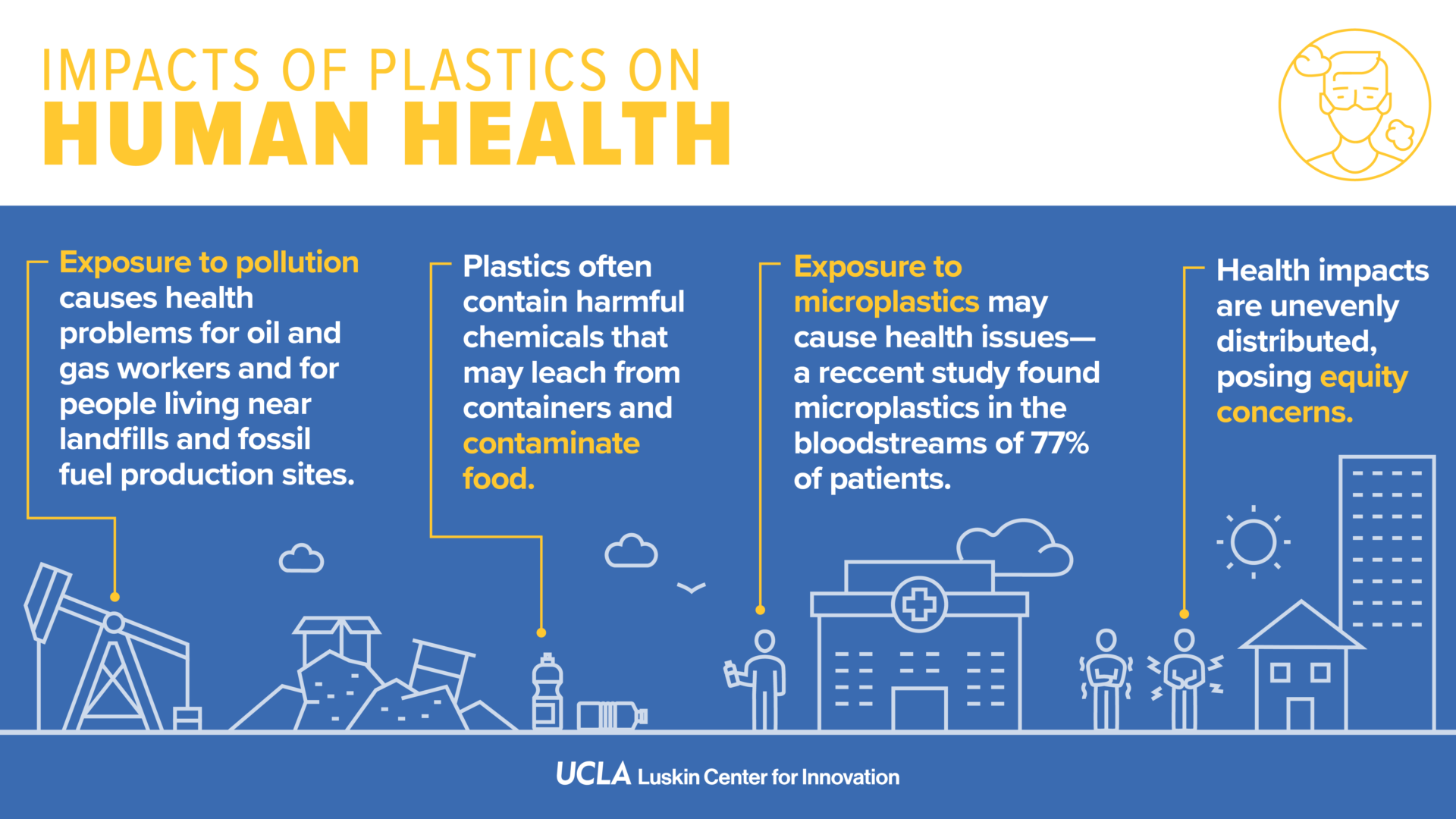
Plastics surround us. A vital manufacturing ingredient for nearly every existing industry, these materials appear in a high percentage of the products we use every day. Although modern life would be hard to imagine without this versatile chemistry, products composed of plastics also have a dark side, due in part to the very characteristics that make them so desirable — their durability and longevity.
Now Rolf Halden, associate professor in the School of Sustainable Engineering at Arizona State University and assistant director of Environmental Biotechnology at the Biodesign Institute has undertaken a survey of existing scientific literature concerning the hazards of plastics to human health and to the ecosystems we depend on. His findings, which appear in the latest issue of the Annual Review of Public Health, are sobering.
Today, plastics accumulate in garbage dumps and landfills and are sullying the world’s oceans in ever-greater quantity. And plastics and their additives aren’t just around us, they are inside virtually every one of us — present in our blood and urine in measureable amounts, ingested with the food we eat, the water we drink and from other sources.
Halden’s study reiterates the fact that the effects to the environment from plastic waste are acute. Measurements from the most contaminated regions of the world’s oceans show that the mass of plastics exceeds that of plankton sixfold. Patches of oceanic garbage — some as large as the state of Texas — hold a high volume of non-biodegradable plastics. Aquatic birds and fish are increasingly victims because biodegradation processes are inadequate to eliminate this durable refuse.
The magnitude of society’s burden of plastic waste is only beginning to be fully appreciated. In the U.S., the average person produces a half-pound of plastic waste every day. Around the world, some 300 million tons of the material are produced each year — a figure poised to expand, as new forms of plastics are devised to serve a voracious global appetite. As Halden points out, this annual production alone would fill a series of train cars encircling the globe. “We’re doomed to live with yesterday’s plastic pollution and we are exacerbating the situation with each day of unchanged behavior,” he said.
Adverse effects to human health remain a topic of fierce controversy, though a growing consensus is emerging that plastics and their additives are not always the benign companions we once assumed them to be. Halden says he accepted the invitation to write about plastics and human health “because the topic showcases the bigger problem of how to create a sustainable future for modern civilization.”









